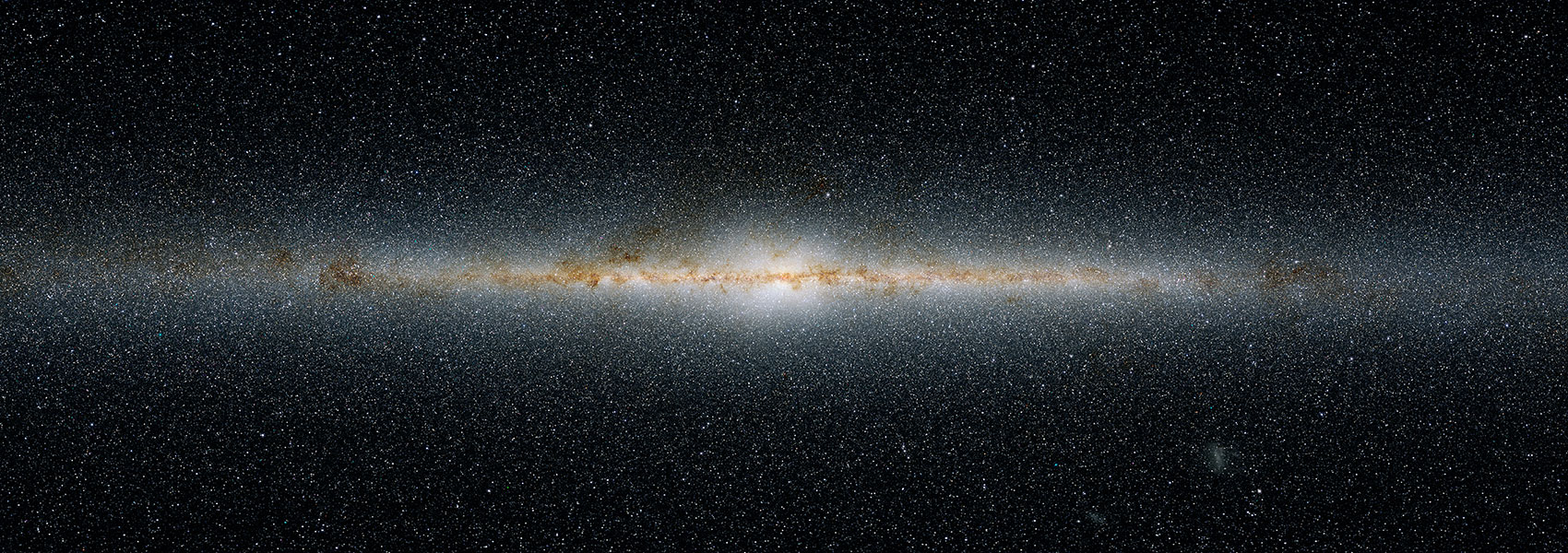May
2024
•
2024AJ....167..232T
Authors
•
Tofflemire, Benjamin M.
•
Prato, Lisa
•
Kraus, Adam L.
•
Segura-Cox, Dominique
•
Schaefer, G. H.
•
Akeson, Rachel
•
Andrews, Sean
•
Jensen, Eric L. N.
•
Johns-Krull, Christopher M.
•
Zanazzi, J. J.
•
Simon, M.
Abstract
•
Close binary systems present challenges to planet formation. As binary separations decrease, so do the occurrence rates of protoplanetary disks in young systems and planets in mature systems. For systems that do retain disks, their disk masses and sizes are altered by the presence of the binary companion. Through the study of protoplanetary disks in binary systems with known orbital parameters, we seek to determine the properties that promote disk retention and therefore planet formation. In this work, we characterize the young binary‑disk system FO Tau. We determine the first full orbital solution for the system, finding masses of ${0.35}_{-0.05}^{+0.06}\ {M}_{\odot }$ and 0.34 ± 0.05 M ⊙ for the stellar components, a semimajor axis of $22{\,(}_{-1}^{+2})$ au, and an eccentricity of $0.21{\,(}_{-0.03}^{+0.04})$ . With long-baseline Atacama Large Millimeter/submillimeter Array interferometry, we detect 1.3 mm continuum and 12CO (J = 2–1) line emission toward each of the binary components; no circumbinary emission is detected. The protoplanetary disks are compact, consistent with being truncated by the binary orbit. The dust disks are unresolved in the image plane, and the more extended gas disks are only marginally resolved. Fitting the continuum and CO visibilities, we determine the inclination of each disk, finding evidence for alignment of the disk and binary orbital planes. This study is the first of its kind linking the properties of circumstellar protoplanetary disks to a precisely known binary orbit. In the case of FO Tau, we find a dynamically placid environment (coplanar, low eccentricity), which may foster its potential for planet formation.
Links




